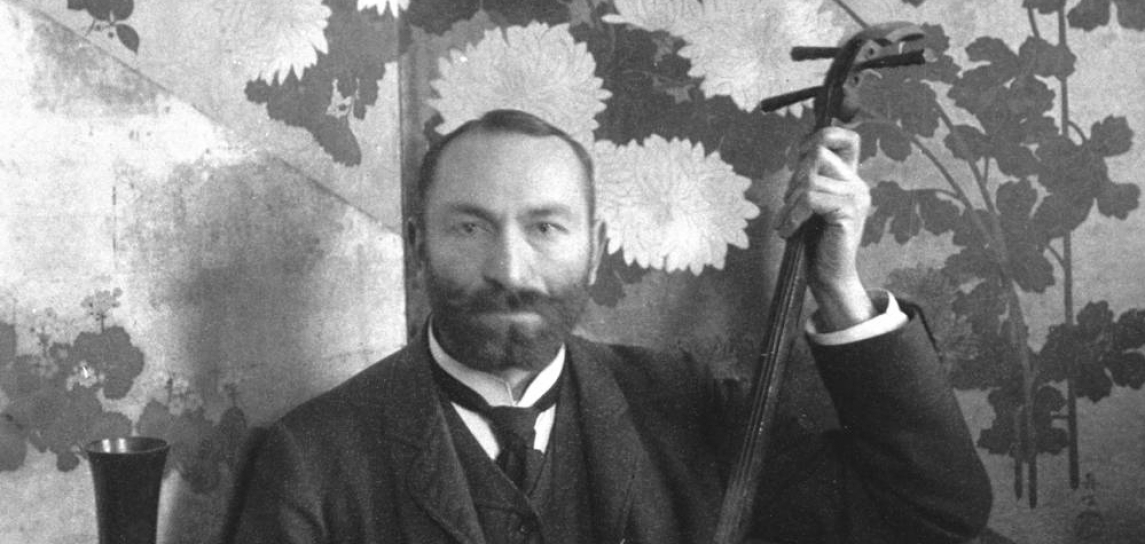Our patron
Feliks „Manggha” Jasieński
(1861 Grzegorzewice – 1929 Kraków), Polish art critic and connoisseur, patron of artists, opinion journalist, music critic, a person of uniquely interesting personality and outstanding intellect, extraordinary figure in the history of art collecting in Poland. Born into a family of landed gentry, he received a thorough education, and studied various disciplines in Dorpat, Berlin, and Paris: political economy, philosophy, literature, history of art, and music, though he is believed to have never graduated, due to an eye illness.
Jasieński traveled extensively: around Europe, Asia Minor, and Egypt; however, he probably never reached the land that fascinated him the most – Japan. While in Paris, he encountered the new directions in art – Impressionism, Neo-impressionism, and Symbolism; he became acquainted with Japanese art, which fascinated Europe at the time, and with its enthusiasts (circles connected with Edmond de Goncourt, among others). He began to build his collections of Eastern and Western art, purchasing works at auctions, from bouquinistes and antique dealers.
In the late 1880s, he returned to Warsaw and soon became active in the city’s intellectual and artistic life: organised exhibitions, wrote articles and reviews. In February 1901, the Society for the Encouragement of Fine Arts in Warsaw held an exhibition of Japanese art from his collection, which met with reluctance on the part of both the public and the art critics. Frustrated, Jasieński abandoned his plans to donate his collections to the Society with a view to creating a national gallery, and left Warsaw in an atmosphere of scandal. After spending short periods in Zakopane and Lwów, he moved to Kraków, where he found a more auspicious environment for his activity.
He soon became a significant figure in the intellectual and artistic life of that city. Numerous artists who became his friends, among them Olga Boznańska, Xawery Dunikowski, Konstanty Laszczka, Jacek Malczewski, Józef Pankiewicz, Władysław Podkowiński, and Leon Wyczółkowski, portrayed his somewhat ascetic face and characteristic silhouette. Jasieński’s flat on the corner of St John Street and the Market Square became the favourite meeting spot for Kraków’s cultural elite. He continued his passion by collecting the works of Young Poland artists.
In 1920, Jasieński donated his collection to the City of Kraków, to which the National Museum formally reported. The collection comprised some 15,000 items at the time, including Polish paintings and prints of the late 19th and early 20th centuries, Asian art, some 200 Polish waist sashes, carpets, kilims, furniture and other artistic handicraft products, as well as a large number of books.
